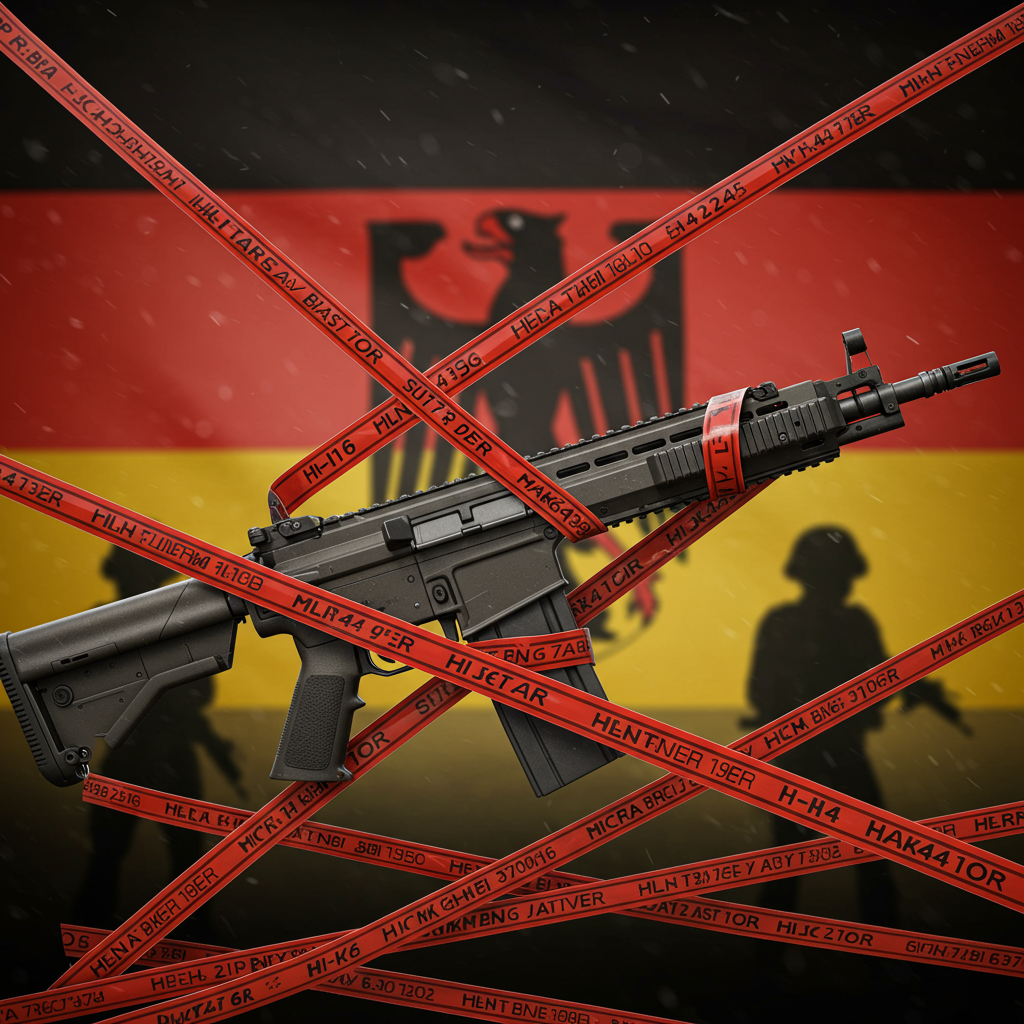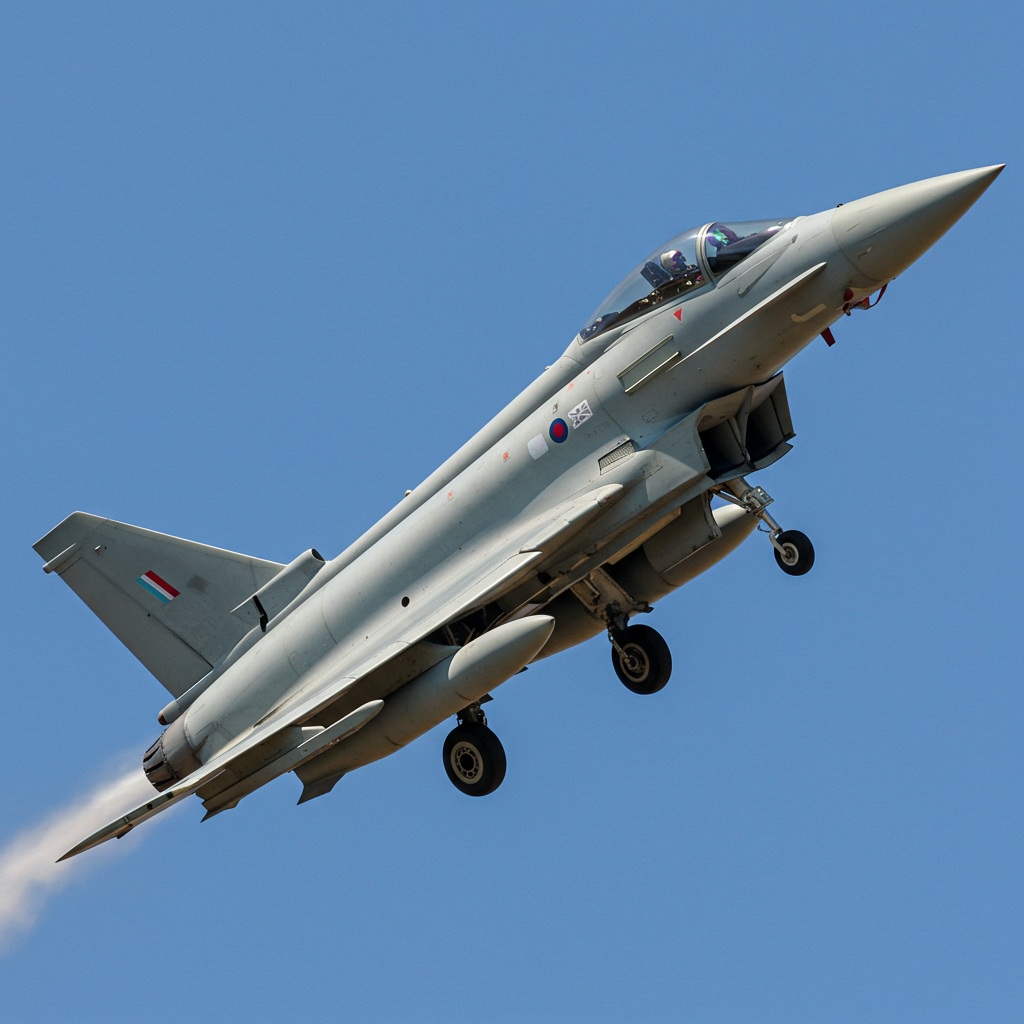Choosing a new standard assault rifle for a modern military is a complex undertaking. For Germany, this process has become a drawn-out saga spanning seven years. It’s a clear illustration of the significant challenges posed by defense procurement bureaucracy. This lengthy struggle highlights systemic issues within Germany’s defense apparatus, impacting modernization efforts and the readiness of its armed forces, the Bundeswehr.
The Need for a New Weapon
The requirement for a new rifle stemmed primarily from issues with the long-serving G36 rifle. Reports of potential accuracy problems under certain conditions triggered the search for a replacement. This wasn’t just about finding a slightly better gun; it was about equipping soldiers with a state-of-the-art weapon meeting modern battlefield demands. The decision point marked the beginning of a complex tender process.
Replacing a Veteran Rifle
The Heckler & Koch G36 had served the Bundeswehr for decades. While initially well-regarded, concerns about its performance emerged, particularly regarding thermal drift. This meant its accuracy might be affected by heat build-up during rapid firing or in high temperatures. The need for a reliable, precise, and durable weapon became paramount. A structured replacement program was initiated to address these critical performance gaps.
Launching the Tender Process
The German Ministry of Defence launched a formal tender to identify a successor rifle. This involved inviting submissions from various national and international arms manufacturers. Companies proposed their latest rifle designs, each touting advancements in materials, ergonomics, modularity, and accuracy. The goal was to find a rifle that could serve as the standard infantry weapon for the Bundeswehr for the next 30-40 years.
Navigating Germany’s Procurement Labyrinth
What followed the initial tender was far from a straightforward technical evaluation. Germany’s defense procurement system is known for its intricate rules and multi-layered approval processes. Each stage of the selection became a bureaucratic hurdle, adding months and even years to the timeline. This complexity often dwarfs the technical challenges of evaluating the weapons themselves.
Red Tape and Regulations
Military tenders are inherently bureaucratic due to the sums involved and the need for strict accountability. However, the German system layers on additional complexity. Detailed regulations govern everything from testing protocols to contractual clauses. Every decision point requires multiple levels of review and sign-off, slowing progress significantly. This creates an environment where speed is rarely a priority.
Legal Challenges Add Delays
One major factor contributing to the seven-year delay has been legal disputes. As companies compete for massive defense contracts, losing bidders often lodge formal complaints or lawsuits. These challenges can halt the process entirely while courts review the legality of the tender procedure or evaluation criteria. Such legal battles add uncertainty and significant time delays.
Technical Demands and Testing Rigors
Beyond bureaucracy, the technical requirements for a military assault rifle are extremely demanding. Weapons must perform flawlessly in diverse climates, from arctic cold to desert heat. They must withstand harsh treatment, maintain accuracy after extensive firing, and be easily maintained by soldiers in the field. The testing phase is exhaustive and crucial.
Stringent Performance Criteria
The Bundeswehr outlined rigorous technical specifications for the new rifle. These included requirements for accuracy, range, reliability in various environmental conditions, weight, and compatibility with existing soldier equipment. Rifles underwent extensive field trials, durability tests, and performance evaluations under simulated combat scenarios. Meeting these standards is a major technical feat for any manufacturer.
Evaluation and Re-evaluation
The technical evaluation process itself is lengthy. Expert teams assess each submitted rifle against the detailed criteria. Often, initial findings lead to requests for modifications or further testing. In some cases, entire rounds of evaluation have had to be repeated due to procedural issues or challenges from competitors. This iterative loop consumes considerable time and resources.
Contenders, Decisions, and Setbacks
Several prominent arms manufacturers participated in the tender. German companies like Heckler & Koch and C.G. Haenel were key players, alongside international competitors. The process saw initial decisions made, only to be later challenged or overturned. This constant flux has created uncertainty and frustration among those involved.
Shifting Fortunes of Manufacturers
Heckler & Koch, the incumbent supplier, offered variants of its newer rifle platforms. C.G. Haenel, a smaller German firm, also put forward a strong contender. At one point, a decision appeared to favour one company, only for it to be legally challenged by another. These legal battles forced the entire process back to square one, adding years to the timeline and illustrating the high stakes involved.
Cost Implications of Delays
Lengthy delays in large procurement projects inevitably lead to increased costs. Manufacturers might have to adjust production lines, raw material prices can fluctuate, and maintaining the older G36 fleet incurs ongoing expenses. The financial burden of this seven-year saga is substantial, representing not just wasted time but also significant taxpayer money tied up in administrative and legal processes.
Impact on the Bundeswehr and German Defence
The failure to swiftly choose a new standard rifle has tangible consequences for the Bundeswehr. Soldiers continue to train with and rely on a weapon identified as needing replacement. This affects morale, logistics, and interoperability. Modernizing the military is a stated priority for Germany, but procurement delays like this undermine those efforts.
Soldiers Await Modern Kit
The most direct impact is on the individual soldier. Having access to the best possible equipment is crucial for effectiveness and safety. Delays in fielding a new rifle mean soldiers aren’t benefiting from the latest advancements in small arms technology. This can create a disparity compared to NATO allies who have already adopted newer platforms.
Broader Modernization Challenges
The rifle saga is often seen as symptomatic of deeper issues within German defense procurement. Critics point to a culture of excessive caution, risk aversion, and bureaucratic inertia. Overcoming these ingrained habits is essential if Germany is to successfully implement its broader military modernization plans and meet its commitments to NATO. Reforming procurement processes is a key challenge Berlin faces.
Lessons for the Future
The seven-year battle to choose a rifle offers valuable, if painful, lessons. It underscores the critical need for streamlined, efficient, and legally robust procurement procedures. Germany’s defense ministry has acknowledged the need for reform. Whether this saga will truly lead to fundamental changes remains to be seen, but the urgency is clear.
Streamlining Procurement Processes
Experts suggest that clearer tender criteria, faster dispute resolution mechanisms, and increased delegation of authority could speed up future projects. Learning from the rifle experience could pave the way for more efficient acquisitions of other vital military equipment, from vehicles to aircraft. Speed and predictability are essential for effective defense planning.
Prioritizing Military Needs
Ultimately, the procurement system must prioritize the urgent needs of the armed forces. While accountability is vital, it should not парализовать the process. Balancing oversight with the need for timely decisions is a critical challenge for Germany’s defense leadership. Ensuring soldiers have the right tools, when they need them, must be the driving force behind procurement reform efforts.
Frequently Asked Questions
Why has Germany’s rifle choice taken so many years?
The process has been significantly delayed by complex bureaucracy, stringent testing requirements, and multiple legal challenges from competing manufacturers. Military procurement in Germany involves many layers of review and regulation, making it inherently slow. Legal disputes lodged by unsuccessful bidders have repeatedly halted the process, adding years to the timeline since the tender began seven years ago.
Which companies were involved in the German assault rifle selection process?
Several domestic and international arms manufacturers participated in the tender. Key German competitors included Heckler & Koch and C.G. Haenel, both offering modern rifle platforms as potential replacements for the G36. Other international companies likely also submitted bids. The competition has been intense, leading to the legal disputes that caused significant delays in reaching a final decision.
What are the key challenges in modern military rifle procurement?
Modern military rifle procurement faces several challenges. These include defining stringent technical requirements for reliability, accuracy, and durability in diverse environments; navigating complex national procurement laws and bureaucracy; managing intense competition among manufacturers; and handling potential legal challenges from losing bidders. Balancing technical needs with budgetary constraints and political oversight adds further complexity to selecting a new standard weapon system.
Conclusion
Germany’s seven-year struggle to select a new standard assault rifle is a stark reminder of the hurdles embedded within its defense bureaucracy. What should have been a technical decision based on performance became an endurance test of administrative and legal processes. While the need to replace the G36 was clear, the path to its successor has been fraught with delays and controversies. This saga underscores the urgent need for procurement reform to ensure the Bundeswehr is equipped effectively and efficiently. The outcome of this protracted battle against bureaucracy will have lasting implications for Germany’s military readiness and its ability to modernize its defense capabilities in a timely manner.



